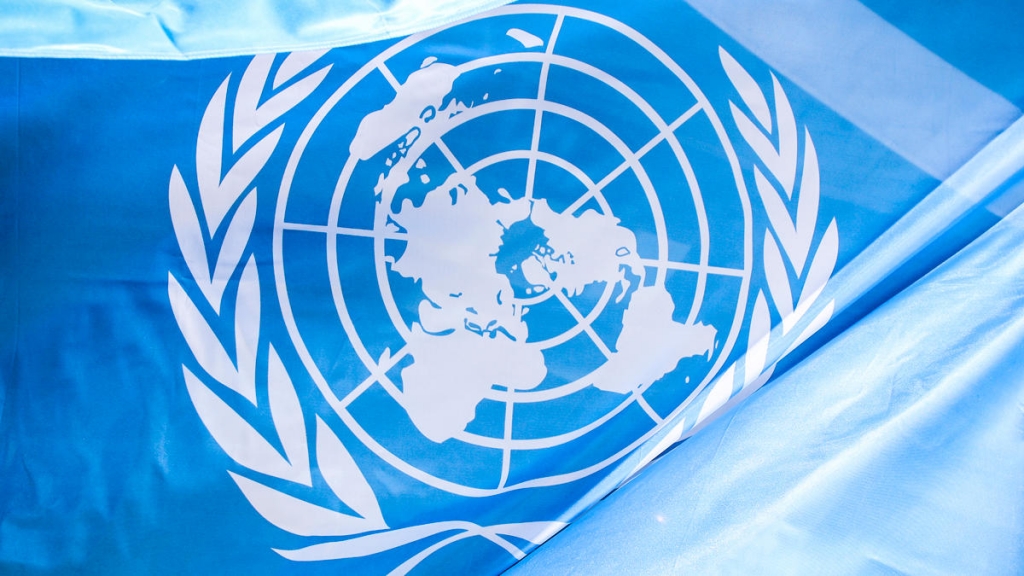Statement by Deputy Permanent Representative Dmitry Chumakov at the 2021 HLPF side event “Regional integration as a means for achieving the SDGs: Experience of the EAEU”
Dear Ms. Moderator, your Excellency Minister Sergey Glazyev, distinguished colleagues,
We thank the Eurasian Economic Commission for the invitation to take part in the event and the Kazakhstan chairmanship in the bodies of the Union for support in its organization.
In 2017, the Kyrgyz presidency in the sidelines of the Political Forum on Sustainable Development presented a report on the impact of integration processes in the former USSR on the achievement of the SDGs. For the first time, an integration association presented such a report in the UN. Since then, we have observed the sustainable agenda to have confidently asserted itself not only as a benchmark for the national development of individual EAEU member states, including Russia, but also of the entire association as a whole.
We are convinced that the EAEU expertise and its positive experience should be more actively communicated to the Secretariat and organizations of UN system, Member states, regional and international development banks.
Regional dimension of sustainable development is recognized by the UN as an important pillar and integral part of the renewed Global Partnership for Sustainable Development. According to Addis Ababa Action Agenda, it promotes inclusive economic growth and sustainable development, serves as a catalyst for reducing trade barriers, implementing policy reforms, and enabling small and medium-sized enterprises to integrate in regional and global value chains. The EAEU goes further, inviting its participants to establish industrial and science cooperation, shift to innovative model of development and digitization of industry, reduce finance transaction costs and improve the quality of interaction between state institutions.
And in general, modern integration associations have long gone beyond the creation of free trade zones. The movement towards common markets and economic unions leads to the fact that almost all SDGs fall within the competence of such associations. So, for example, the EAEU develops cooperation in the field of food security, employment and well-being of people, and innovative development of its Member states.
Against the backdrop of the pandemic, the EAEU managed to ensure the sustainable development of the Member states through establishing "green corridors" supplying the Union countries with the necessary goods, mutual assistance in purchasing diagnostics equipment, vaccination and digital technologies facilitating movement of citizens within the Union. We would like to highlight the progress in the implementation of transfer of vaccine-related technologies within the Union. Thus, the release of the Sputnik-V coronavirus vaccine has been successfully localized in Kazakhstan and Belarus. The possibility of deploying such industries in Armenia and Kyrgyzstan is being considered.
Eventual success of the EAEU project, along with the consistent implementation of the Chinese Belt and Road Initiative, may serve as the basis for reaching a more ambitious level, namely, the formation of the Greater Eurasian Partnership proposed by the President of the Russian Federation. The GEP is seen as a network of regional organizations closely interacting with each other, to the moment, the Eurasian Economic Union, the Shanghai Cooperation Organization and the Association of Southeast Asian Nations. Developing incrementally, GEP could include a network of economic corridors and growth zones, a unified transport system, the Greater Eurasian energy space, a set of interaction mechanisms in the field of digital economy and ICT, a network of interregional and cross-border ties, involving the development of border infrastructure and the creation of favorable conditions for doing business, a network of tourist routes and channels of contacts between people.
An important aspect of the functioning of such a network of regional organizations should be the coordination of their activities with the organizations and specialized agencies of the UN system, as well as with its regional commissions, in particular with ESCAP and ECE. The first memorandums of cooperation with UN system and regional integration units have already been signed and are being successfully implemented. It is important that-the future partnership is to be based on the principles of equality and mutual respect for various national development models, be multi-speed and multi-level, provide a new quality of interconnection, interaction with other integration formats.
This echoes the goals and principles of the UN Charter. Therefore, we count on the UN to be among the reliable partners of Eurasian integration for many years to come.
I thank you.
